Insights on Cloud Savings and Optimization
Discover the latest strategies and success stories from the world’s leading cloud users.
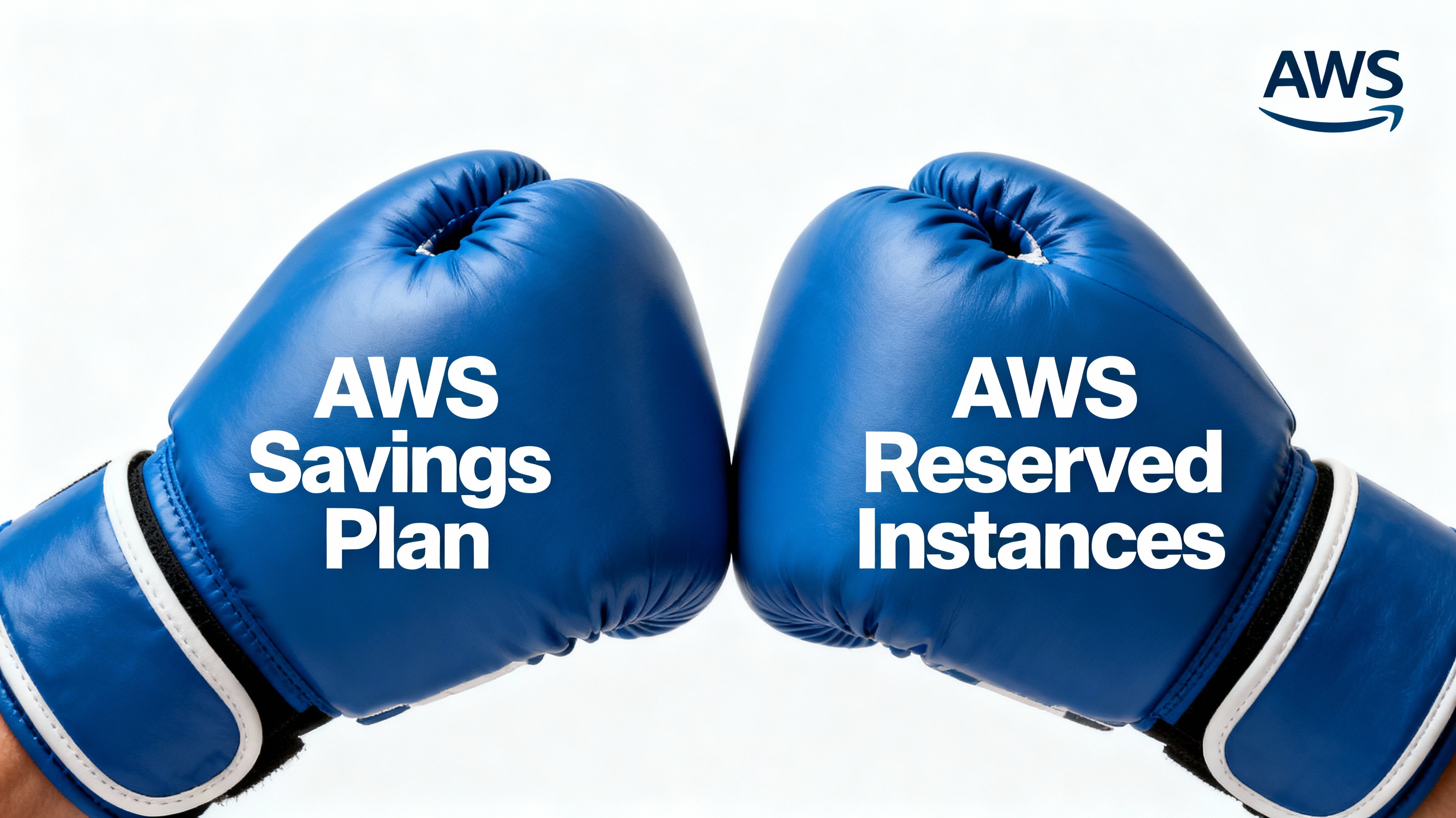
AWS Savings Plans vs Reserved Instances: A Practical Guide to Buying Commitments
Compare AWS Savings Plans vs Reserved Instances with a practical breakdown. Learn tradeoffs and how Usage.ai’s Flex Commit + Cashback improves savings reliability.

Enterprise Alert: Azure Standardizes Pricing, Supercharges AI, and Expands Globally
Microsoft standardizes pricing for online services under Enterprise Agreements starting November 1, 2025, removing volume discounts and increasing costs for many enterprises. Azure expands AI and cloud service innovations to enhance automation, analytics, and sustainability. Infrastructure and reliability improvements include new Availability Zones and enhanced security compliance. Strategic implications focus on balancing cost impacts with increased AI capabilities and regional growth. Enterprises must prepare for pricing changes while leveraging new service capabilities for competitive advantage.

The Week AWS Hit Reset: Portfolio Pruning, AI Power Moves, and Market Pressure
AWS is strategically rationalizing its product portfolio, moving 20+ services to maintenance or sunset phases to focus on innovation and resource allocation. AI tool enhancements in Bedrock and SageMaker reinforce AWS’s leadership in enterprise AI capabilities. Price reductions on GPU-powered EC2 instances up to 45% support cost-efficient AI and HPC workloads. Swift resolution of US-EAST-1 regional outage underscores AWS’s commitment to operational resilience. These updates reflect AWS’s overarching 2025 vision: prioritize AI-driven innovation, reliable infrastructure, and streamlined service offerings for enterprise scalability.
.jpg)
Speak the Language of Your Data: Google BigQuery’s Conversational Analytics Revolution
Google Cloud Platform (GCP) entered the last week of October 2025 amid vibrant innovation and ongoing efforts to enhance its reliability following significant service impacts earlier in the year. For enterprise decision-makers, understanding these developments is crucial both to leverage GCP’s advancing capabilities and to manage risks around cloud service disruptions effectively. This blog consolidates key updates from October 22 to October 29, 2025, spanning product upgrades, new features, and an overview of notable service health events.

Innovation in Action: AWS Delivers Advanced Monitoring, Streamlined Support, and Next-Gen EC2 Instances
October 27, 2025, marked a defining day for AWS as the company unveiled several groundbreaking services and enhancements that reinforce its market leadership and operational excellence. While still navigating recovery from the recent US-East-1 DNS outage, AWS demonstrated strategic resilience through launches including AWS RTB Fabric for advertising technology, expanded sustainability tools with comprehensive Scope 3 emissions reporting, and the unveiling of a new Secret-West Region tailored for mission-critical government workloads. Additionally, operational tools such as Amazon CloudWatch’s automated incident reporting and Amazon Connect’s threaded email views improve support efficiency, while expansion of EC2 I8g instances enhances cloud compute power globally. This roundup offers a comprehensive analysis of key announcements, detailing their customer impact and competitive significance for enterprises across industries.

From Outage to Overdrive: How Azure’s Latest Innovations Turn Disasters into Competitive Advantages
The past week on Microsoft Azure (October 15–22, 2025) showcased the platform’s ongoing evolution from reactive resilience to proactive scalability. After a turbulent start to October with the Azure Front Door outage (Oct 9), the ecosystem shifted focus toward recovery hardening, partner API modernization, and performance scaling across databases and AI services. Enterprises saw value from updates that redefined cloud reliability and flexibility: smarter database scaling, zero-downtime migration, Bring Your Own Model (BYOM) capabilities for Azure AI, and sustained focus on self-healing load architectures.
.png)
How Google Cloud and NVIDIA is Shaping Tomorrow's Infrastructure
On October 21, 2025, Google Cloud unveiled milestone advancements reaffirming its AI infrastructure leadership and amplifying operational resilience. Calix Inc. launched a next-gen broadband platform powered by Google Cloud's Vertex AI and Gemini models, exemplifying AI’s transformative power in telecommunications. Google Cloud leads hyperscalers by integrating NVIDIA L4 Tensor Core GPUs, delivering 4× faster generative AI inference and achieving a 10× leap in energy efficiency. Amidst these innovations, the October 20 AWS outage spotlighted the criticality of multi-region resilience and multi-cloud strategies. Google Cloud’s growing ecosystem investments and hardware portfolio underpin the AI adoption surge, as evidenced by analysts’ forecasts of Alphabet’s Q3 revenue exceeding $14 billion, elevating confidence in GCP’s trajectory.
.png)
Beyond the AWS US-EAST-1 Outage: Rethinking Cloud Architecture and Cost Resilience
The massive, multi-hour Amazon Web Services (AWS) outage that struck the US-EAST-1 Region in northern Virginia served as a stark, expensive reminder of the financial industry’s dependence on core cloud infrastructure. This disruption, primarily centered in the US-EAST-1 Region in northern Virginia, reverberated globally, throttling millions of users' ability to transact, communicate, and game. This post dives into the technical root cause, the staggering financial consequences, and the architectural shift—namely, the move toward multi-cloud solutions—that is gaining traction as the definitive path to future-proofing operations.
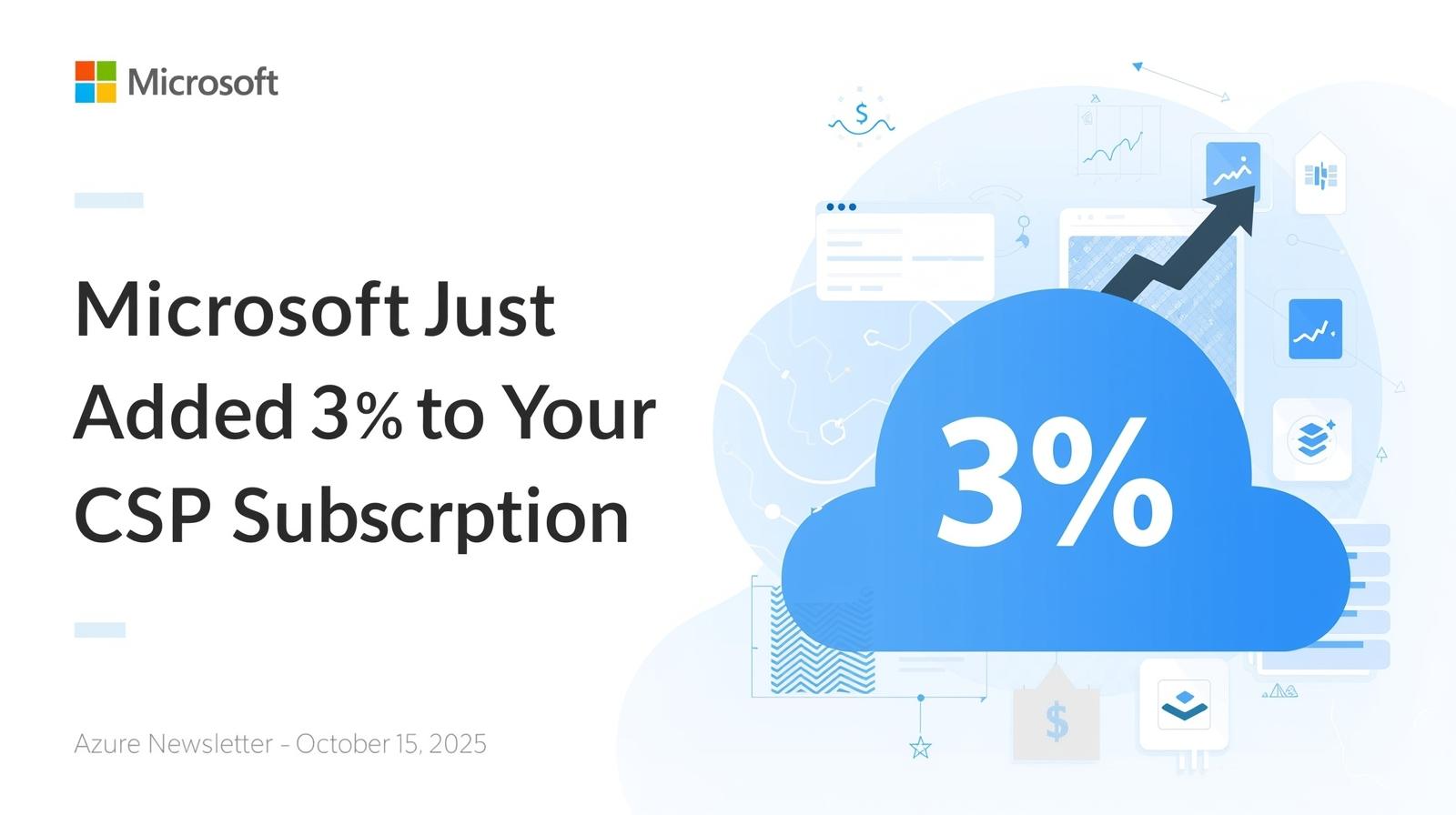
Microsoft Just Added 3% to Your CSP Subscription: Azure Newsletter October 15, 2025
October 14, 2025, marked a pivotal date for Azure partners and enterprise cloud teams. Microsoft introduced pricing, policy, and security updates that directly affect Azure Cloud Solution Provider (CSP) subscriptions, alongside critical operating system and infrastructure milestones. These changes demand immediate forecasting adjustments and cost optimization planning. For teams focused on cloud financial governance, understanding the Extended Service Term (EST) update, Windows 10 end-of-support, and confidential compute security patches is essential.
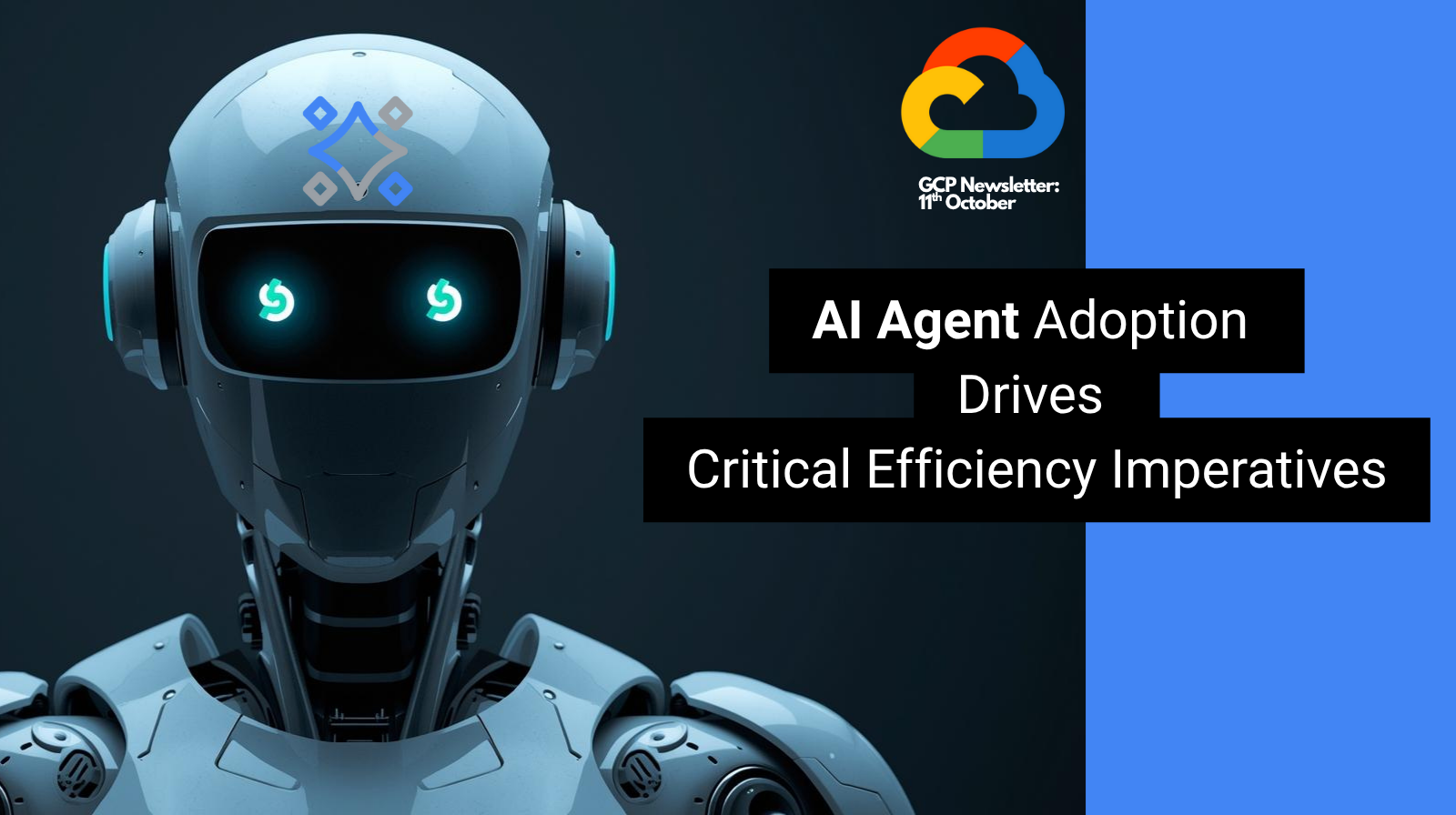
AI Agent Adoption Drives Critical Efficiency Imperatives: GCP Newsletter (October 14, 2025)
October 14, 2025, marks a pivotal moment in cloud computing. The rapid democratization of Artificial Intelligence (AI) is driving organizations to implement AI agents across the enterprise, shifting the focus toward optimizing specialized computing resources and complex containerized environments. This newsletter consolidates the latest GCP developments, AI adoption trends, infrastructure considerations, and autonomous optimization strategies for managing cost and efficiency.
.png)
Compute, Containers, and Cost Control — AWS’s Latest Cost-Saving Updates
AWS’s latest updates deliver smarter cost control with enhanced compute and container optimization features, helping cloud users automate savings and maximize resource efficiency.


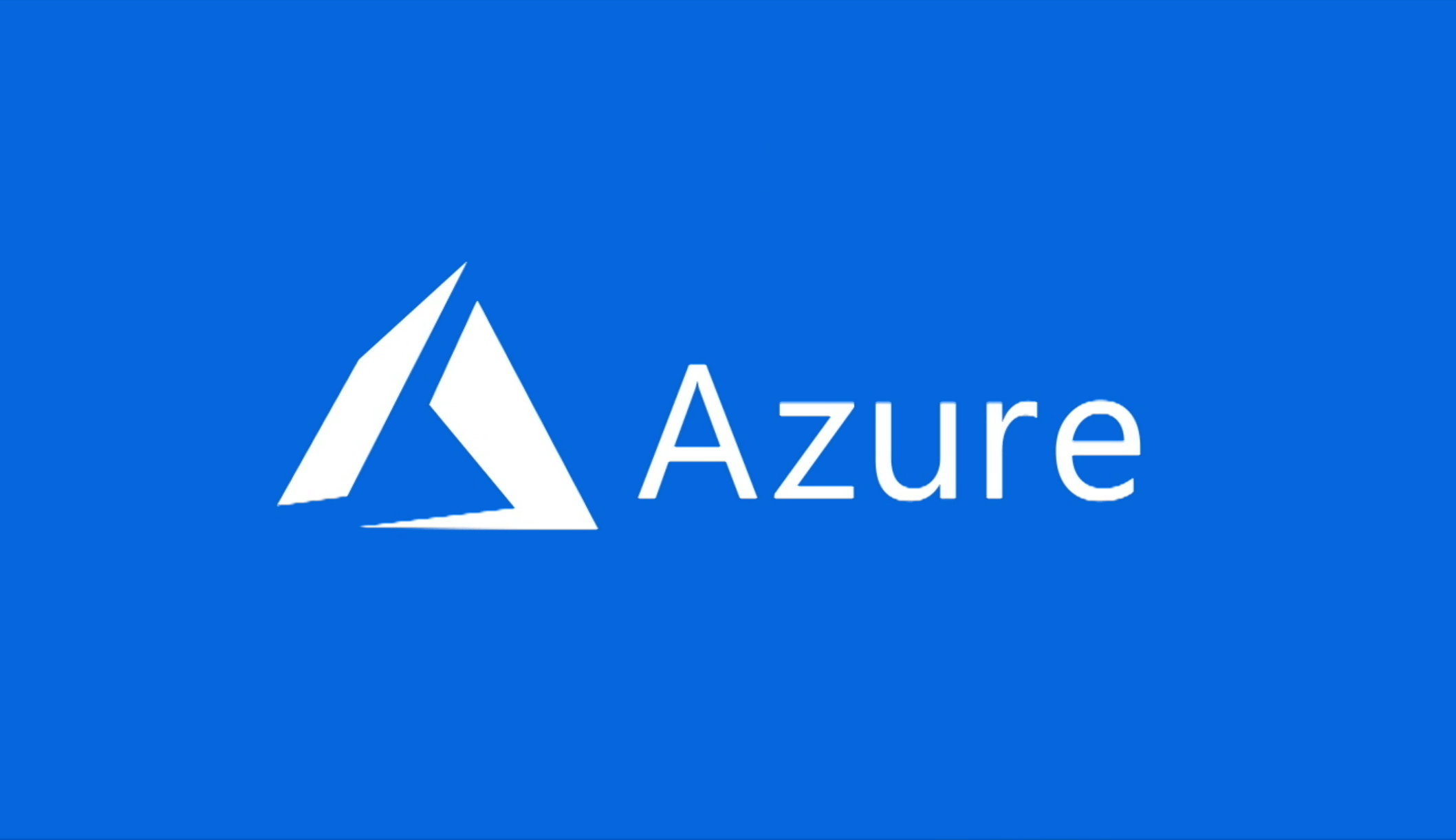

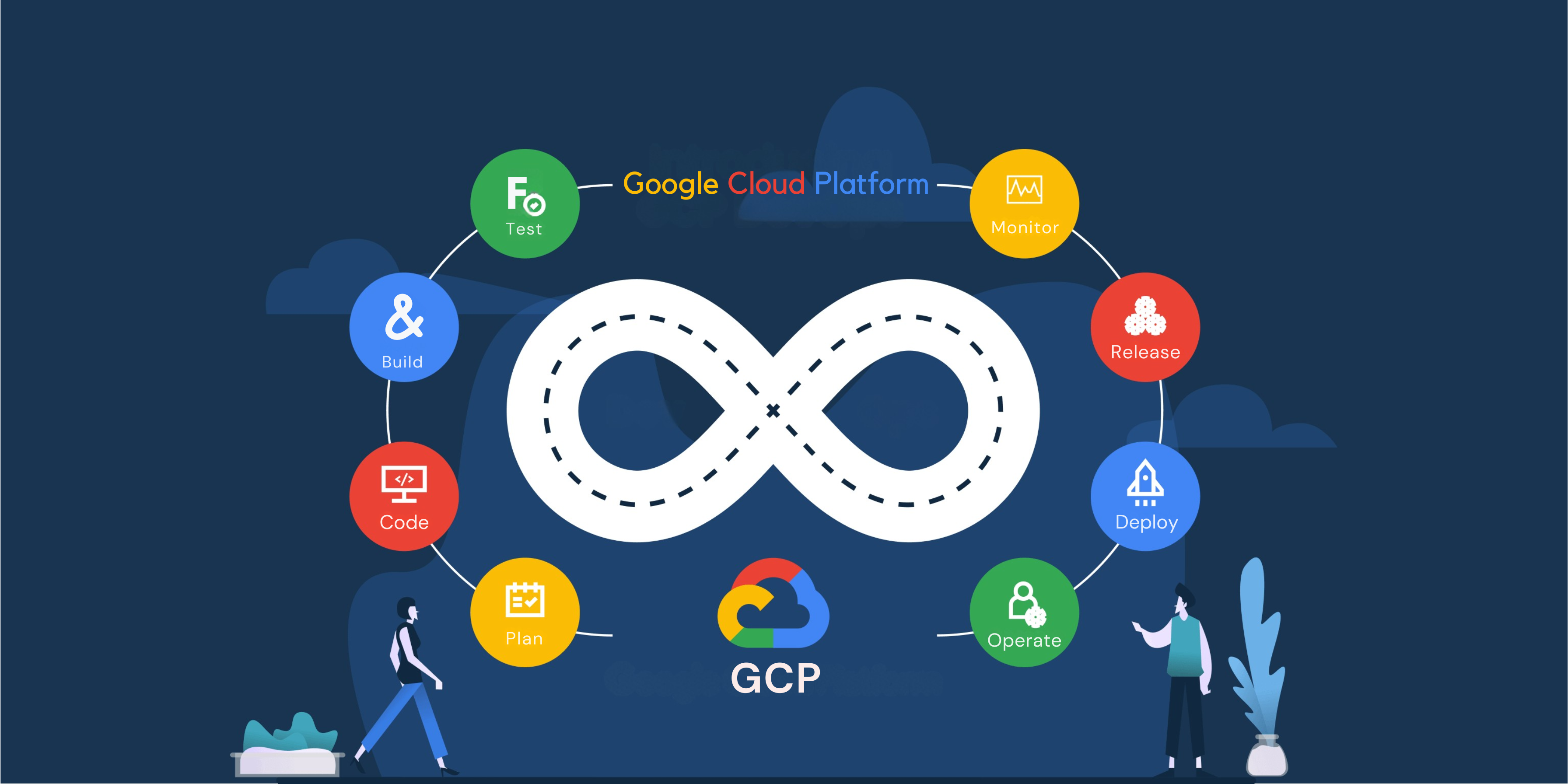





.jpg)
.jpg)
